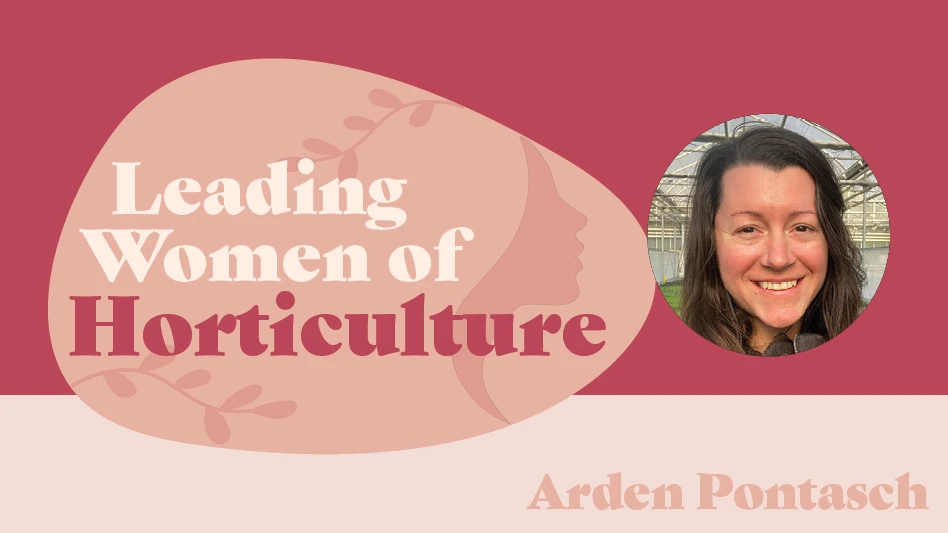
Spring: it’s prime time and your customers are counting on you to deliver top-notch plant material. Make sure your crew doesn’t skip critical procedures like sanitation during those hectic days. Keeping the growing zones and production tools clean may take a few extra minutes each day, but it helps produce healthy, valuable plants.
Remind your crews to not skimp on sanitation. Here are some tips to share at your next meeting.
It pays to recognize the major sources of nursery and greenhouse pests, including floors and benches; weeds; tools, containers, and other equipment; trash; clothing; and new plants that have been introduced into the production area.

Floors and benches. The greenhouse or hoophouse floor is a major source of pests and pathogens. Many pathogens can survive in soil and residue for extended periods. Under cover, many pathogens can spread to container-grown plants through splashed water, they come in contact with plant roots or media or when watering nozzles are placed on the floor.
Routinely sweep and wash floors to remove soil and debris. Conduct transplanting and seeding in a location separate from other production areas. Discard any plants or growing substrate that falls on the floor. There is no “three-second-rule” in the greenhouse.

To disinfest benches and floors, use a commercial disinfectant such as Green-Shield, 10% bleach, or 10% Lysol concentrated disinfectant.
Discard prunings and culled plants. Never leave cuttings in greenhouses, as pathogens may continue to multiply by producing spores or other propagules. Do not compost cuttings or soil because incomplete composting (temperatures below 160° F may result in survival of propagules.
Hang up watering hoses so they do not contact residue, soil, or potting media on the floor or benches.
Weeds. Another source of pathogens and pests are weeds growing inside and immediately outside the greenhouse. Remove weeds and volunteer plants to prevent establishment of a “green bridge” between crops. A green bridge allows pathogens to infect alternate hosts until a more suitable one becomes available.
Trash. Trash bins can harbor pathogens and pests, so always keep them away from production areas. It is particularly important to remove discarded soil and plant material from hoophouses and greenhouses for this reason. At a minimum, seal trash bins with a lid and empty them daily. Thoroughly clean bins after emptying them.
Clothing. Take care that everyone entering the production area, especially ones under cover, removes soil and debris from their shoes and boots. This can be another source of pathogens and insect pests. Place brushes and hoses outside the greenhouse entrance for this purpose.
You can also purchase special disinfectant mats (foot baths) that sanitize shoes and boots upon entering the greenhouse. If you work in several greenhouses during the day, work in the problem (dirty) greenhouse last to avoid infesting other houses.
New plants. New plants are excellent avenues for pests and diseases to enter your greenhouse. Turn away shipments of plants that appear to have insects or are diseased.
Train all production personnel to recognize disease and injury symptoms, and to discard any suspect plants. Send suspicious plants or tissues to a diagnostic lab for testing.
Keep your tools clean

Explore the March 2022 Issue
Check out more from this issue and find your next story to read.
Latest from Nursery Management
- The Growth Industry Episode 3: Across the Pond with Neville Stein
- Trends: Proven Winners 2025 perennial survey shows strong demand
- Online registration opens for the 2025 Farwest Show
- Sustainabloom launches Wholesale Nickel Program to support floriculture sustainability
- Plant breeding as an art
- Society of American Florists accepting entries for 2025 Marketer of the Year Contest
- American Horticultural Society welcomes five new board members
- Get to know Christopher Brown Jr. of Lancaster Farms







